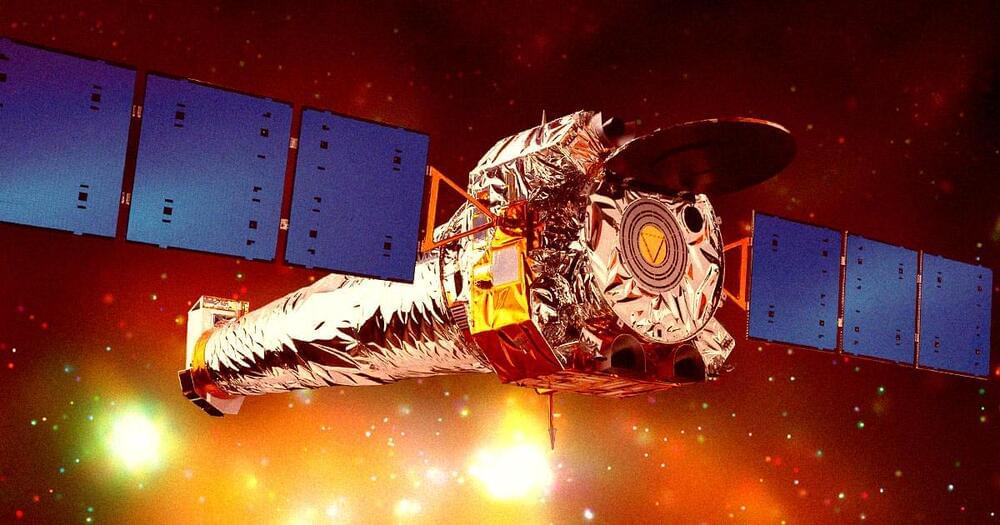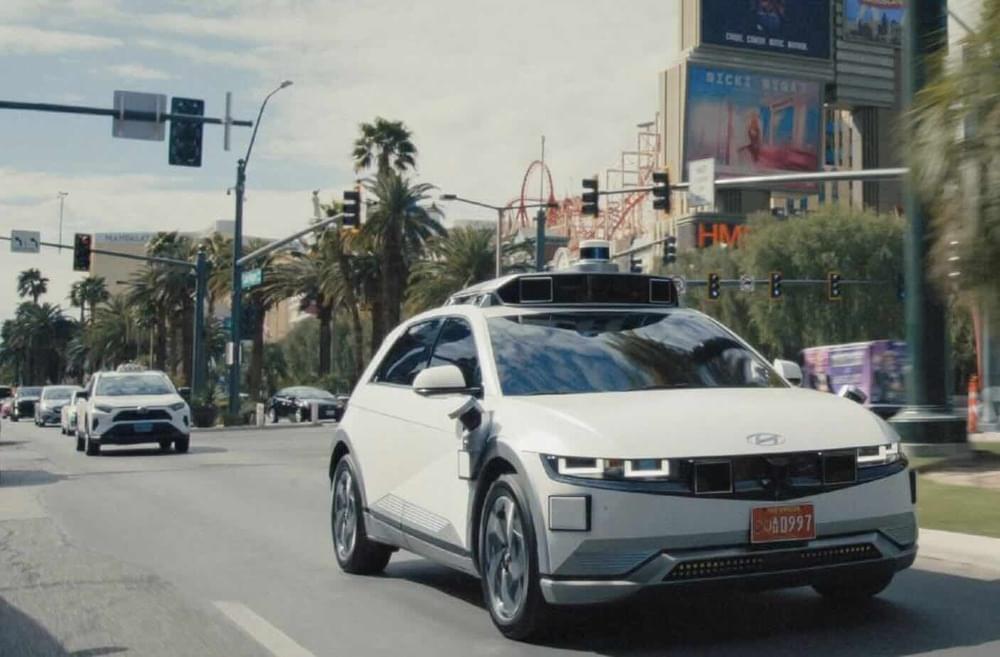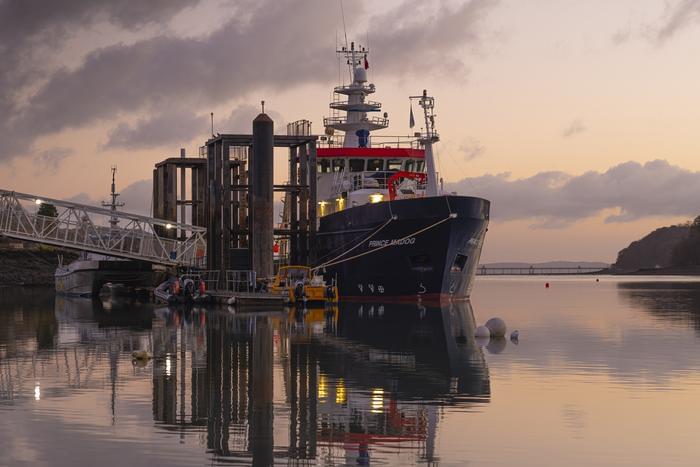NASA is proposing to wind down its Chandra X-ray Observatory. And astronomers are pissed.



In a major clean energy benchmark, wind, solar, and hydro exceeded 100% of demand on California’s main grid for 30 of the past 38 days.
Stanford University professor of civil and environmental engineering Mark Z. Jacobson has been tracking California’s renewables performance, and he shares his findings on Twitter (X) when the state breaks records. Yesterday he posted:
Jacobson notes that supply exceeds demand for “0.25−6 h per day,” and that’s an important fact. The continuity lies not in renewables running the grid for the entire day but in the fact that it’s happening on a consistent daily basis, which has never been achieved before.


Self-driving cars do not get drunk, they do not fall asleep, they do not get distracted by text messages, and experts and manufacturers agree they could be the answer to slashing the road toll.
It’s one of the reasons why autonomous vehicles are in the spotlight again, with Tesla promising to unveil a robotaxi in August and Hyundai showing off the results of its driverless car trial in Las Vegas.
But debate is raging in the industry over whether the technology is or will ever be ready to drive in busy, unpredictable environments without any human oversight.


Artificial intelligence (AI) systems, such as the chatbot ChatGPT, have become so advanced that they now very nearly match or exceed human performance in tasks including reading comprehension, image classification and competition-level mathematics, according to a new report (see ‘Speedy advances’). Rapid progress in the development of these systems also means that many common benchmarks and tests for assessing them are quickly becoming obsolete.
These are just a few of the top-line findings from the Artificial Intelligence Index Report 2024, which was published on 15 April by the Institute for Human-Centered Artificial Intelligence at Stanford University in California. The report charts the meteoric progress in machine-learning systems over the past decade.
In particular, the report says, new ways of assessing AI — for example, evaluating their performance on complex tasks, such as abstraction and reasoning — are more and more necessary. “A decade ago, benchmarks would serve the community for 5–10 years” whereas now they often become irrelevant in just a few years, says Nestor Maslej, a social scientist at Stanford and editor-in-chief of the AI Index. “The pace of gain has been startlingly rapid.”

The CEO of Europe’s brightest new AI firm is calling bull on the quest for so-called “artificial general intelligence” (AGI), which he says is akin to the desire to create God.
In an interview with the New York Times, Arthur Mensch, the CEO of the AI firm Mistral, sounded off on his fellow AI executives’ “very religious” obsession with building AGI.
“The whole AGI rhetoric is about creating God,” the Mistral CEO told the newspaper. “I don’t believe in God. I’m a strong atheist. So I don’t believe in AGI.”
Taking mouse lifespan to the next levelmoderatorcaitlin lewisspeakersdanique wortel / aubrey de grey / brian kennedy10:30 AM.
Questions to inspire discussion.
What do rental car companies need to improve?
—Rental car companies need to improve their education and communication with customers about electric vehicles to prevent incidents like getting trapped due to running out of charge.

With climate change warming the oceans, this results in drastic consequences for marine life in deep water environments, but can steps be taken to help mitigate these effects? This is what a recent study published in Nature Communications hopes to address as a team of researchers from the United Kingdom investigated how “mixing down” oxygen levels in the ocean could help contribute to a more suitable environment for deep sea life. This study holds the potential to help scientists, conservationists, legislators, and the public better understand the steps that can be taken to mitigate the long-term effects of climate change.
Decreasing oxygen levels in the ocean is a natural phenomenon, but climate change has been predicted to accelerate this process, which could lead to massive decreases in oxygen levels in deep water environments and pose catastrophic consequences for marine life. For the study, the researchers used new methods that combine ocean water data from the Celtic Sea and computer models to ascertain how deep water oxygen levels could be replenished during the warmer summer months. In the end, they determined that summertime storms can result in the “mixing down” of oxygen and decrease this oxygen loss by almost half, which also shows promise for putting floating wind farms in the northern North Sea and Celtic Sea to assist in this process.
“There is growing concern for the health of our coastal oceans as the climate warms because warmer water holds less oxygen,” said Dr. Tom Rippeth, who is a Professor of Physical Oceanography at Bangor University and lead author of the study. “Living creatures in the ocean are reliant on oxygen to survive in the same way as animals on land are. Oxygen is also used up as rotting matter decomposes in the depths of the ocean. This creates a summer oxygen deficit in the deep seas around the UK. Unfortunately, as our climate warms, this deficit is forecast to grow.”